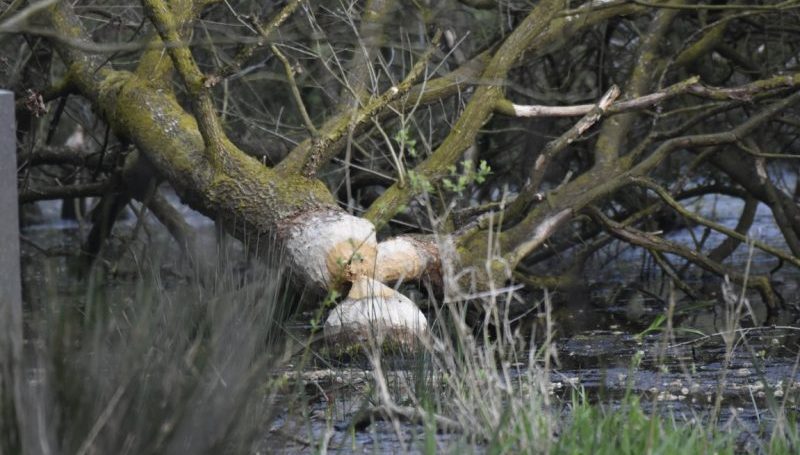The Bat Conservation Trust has provided interim guidance on the use of night vision aids during bat surveys. As we recently reported, during bat survey season our ecologists conduct dusk emergence and dawn re-entry bat surveys to determine if and how bats are using a site for roosting, and foraging and commuting bats. These surveys involve the use of bat detectors, which alert us to the presence of bats in the dark by picking up on the high frequency echolocation signals they use for navigating and hunting. They can also identify specific bat species by their echolocation frequency. Ecologists also report on physical sightings of bats by eye – but this can prove very difficult in particularly dark conditions.
The new guidance recommends the standard use of night vision aids (NVAs) – usually thermal or infrared cameras – during bat surveys. The use of NVAs must be standard practice by May 2024. Previously, NVAs were only recommended as complementary aids. Ecus has taken the decision to introduce the use of NVAs straight away, and earlier this survey season bought in 20 additional infrared cameras as a major investment in their bat survey capabilities.

The use of this technology has sound ecological justification and helps the surveyors in many ways. Not only do they make it easier to spot later emerging bat species, or species that use quiet echolocation calls (such as brown long-eared bats), but they also provide solid video evidence.
Our ecologists all over the UK have been fully trained and kitted out with their new infrared night-vision cameras, and they are already being used to their full potential during our late summer bat surveys. If you are in need of help or advice about bat surveys, contact our Ecology Team.
Infrared camera footage of a brown long-eared bat foraging




